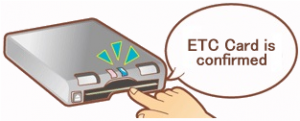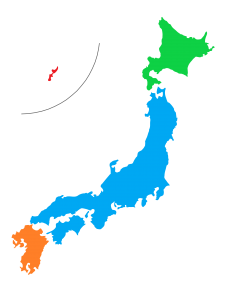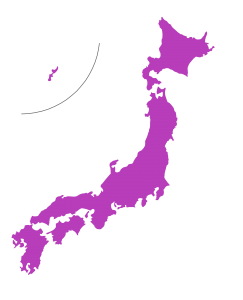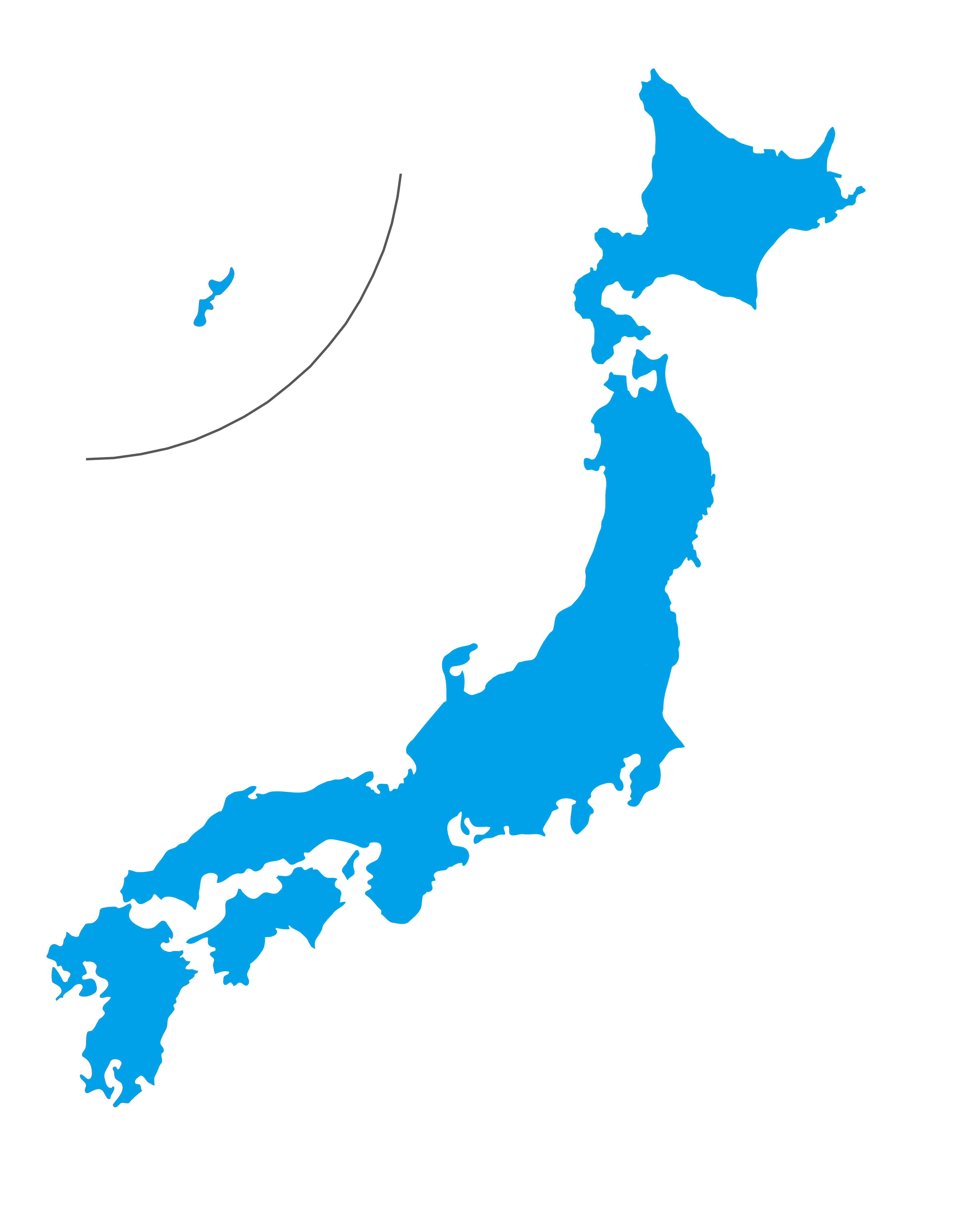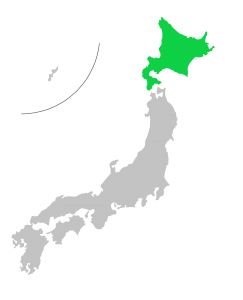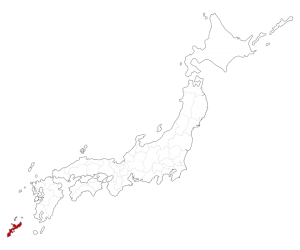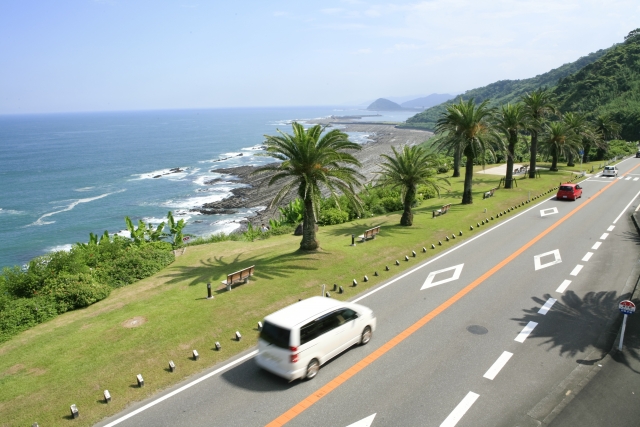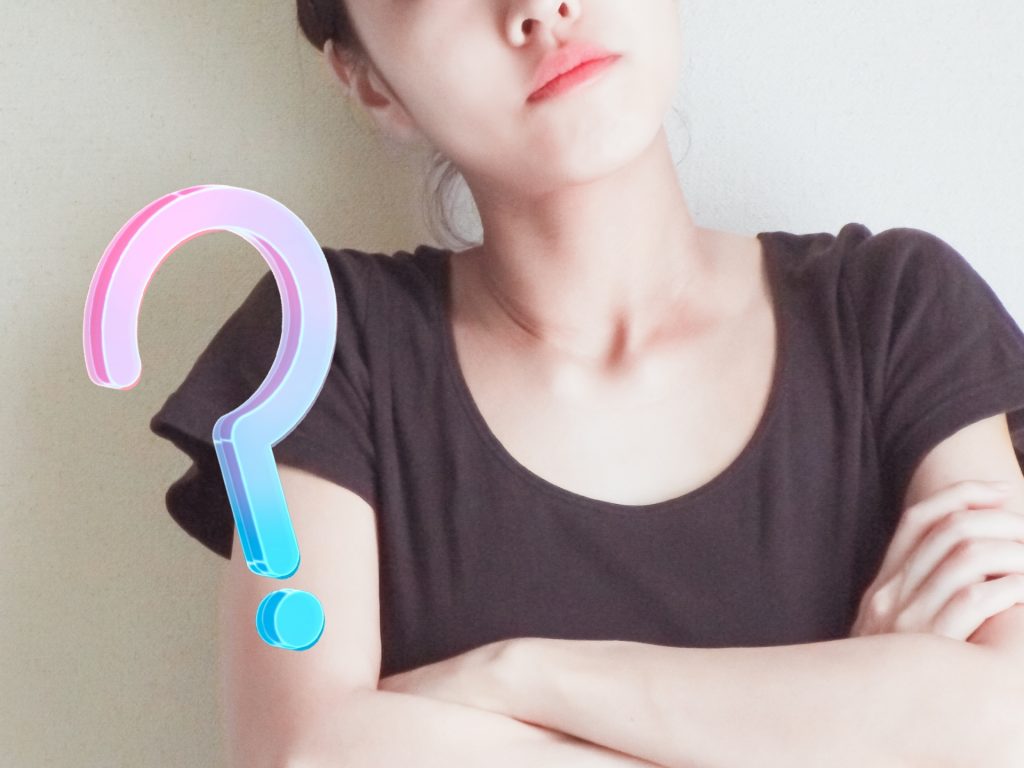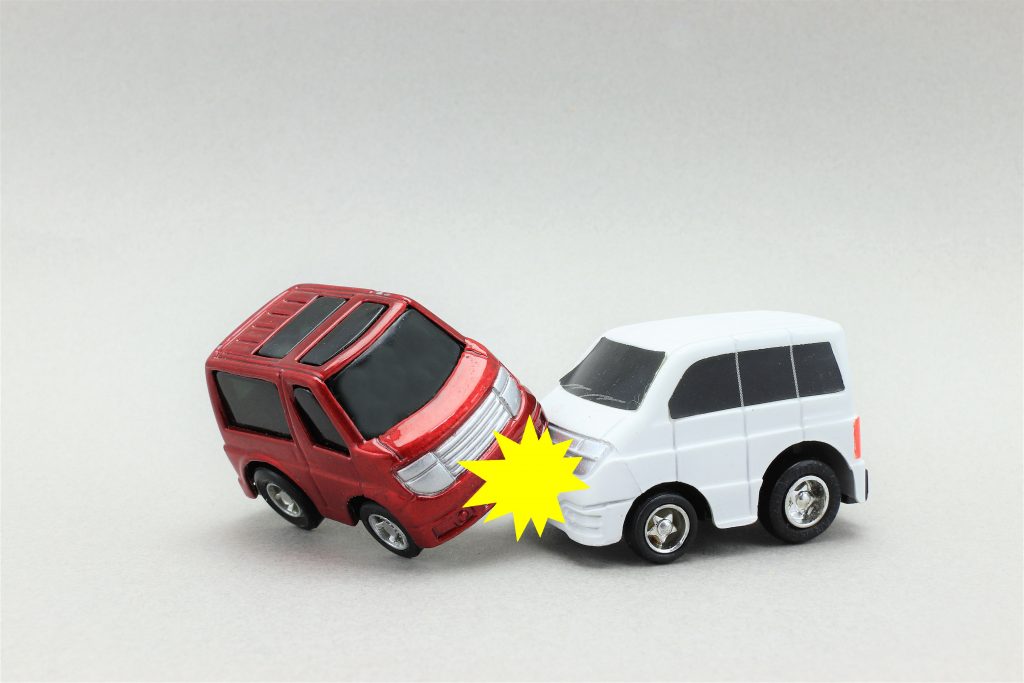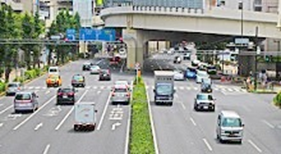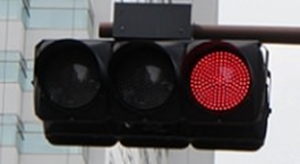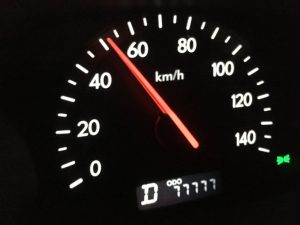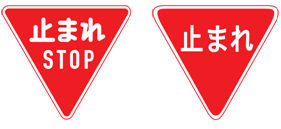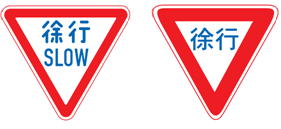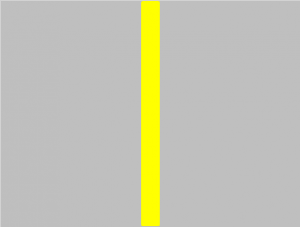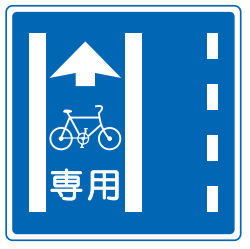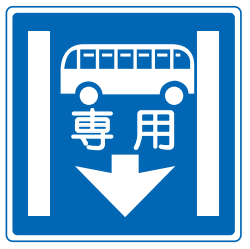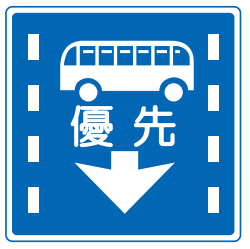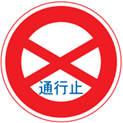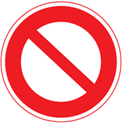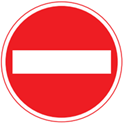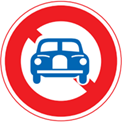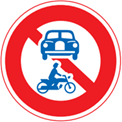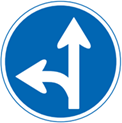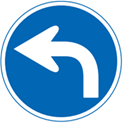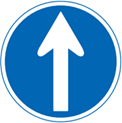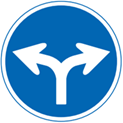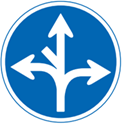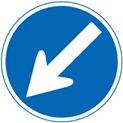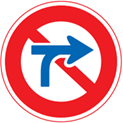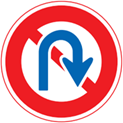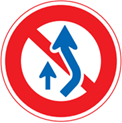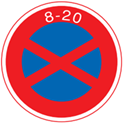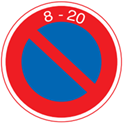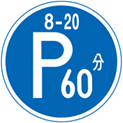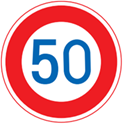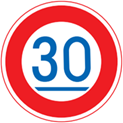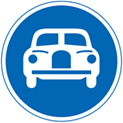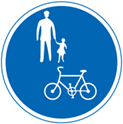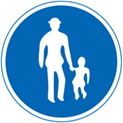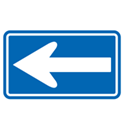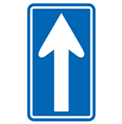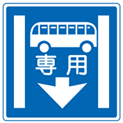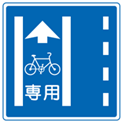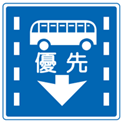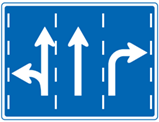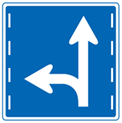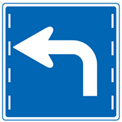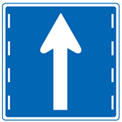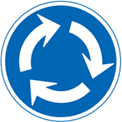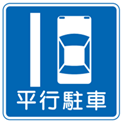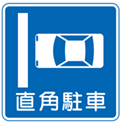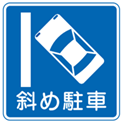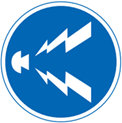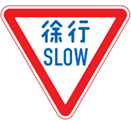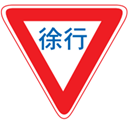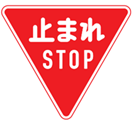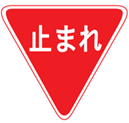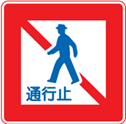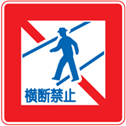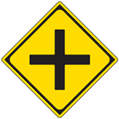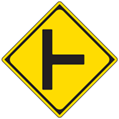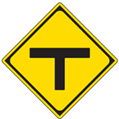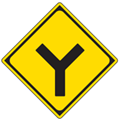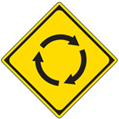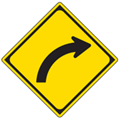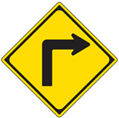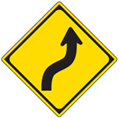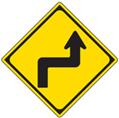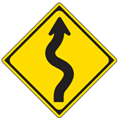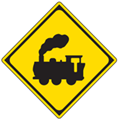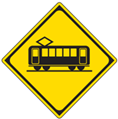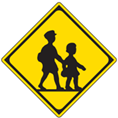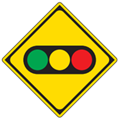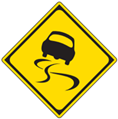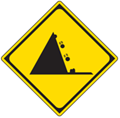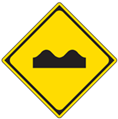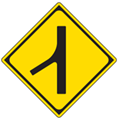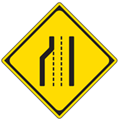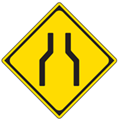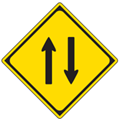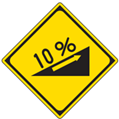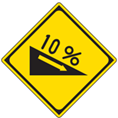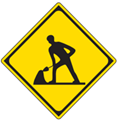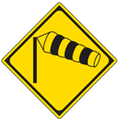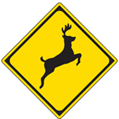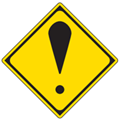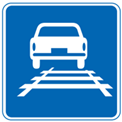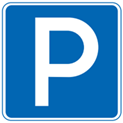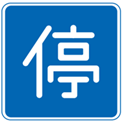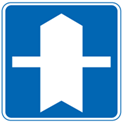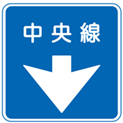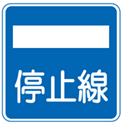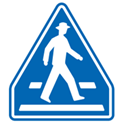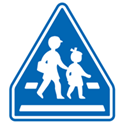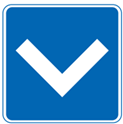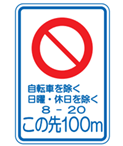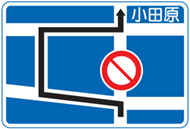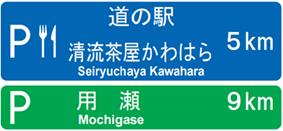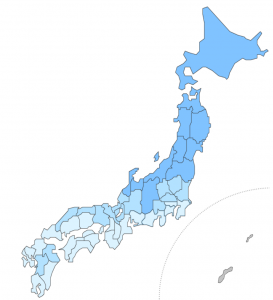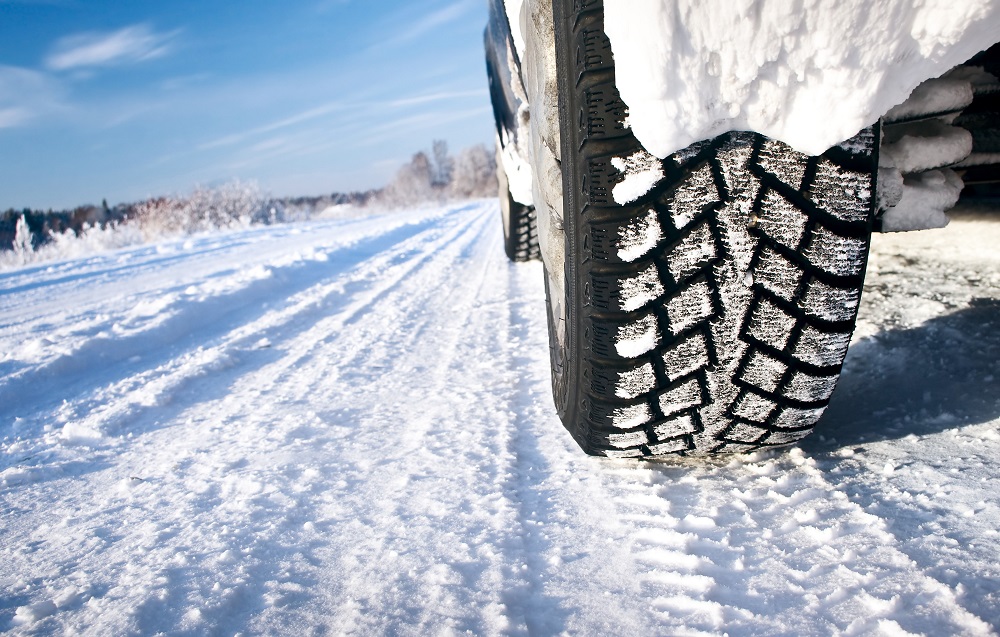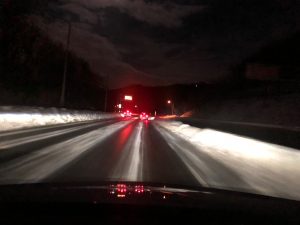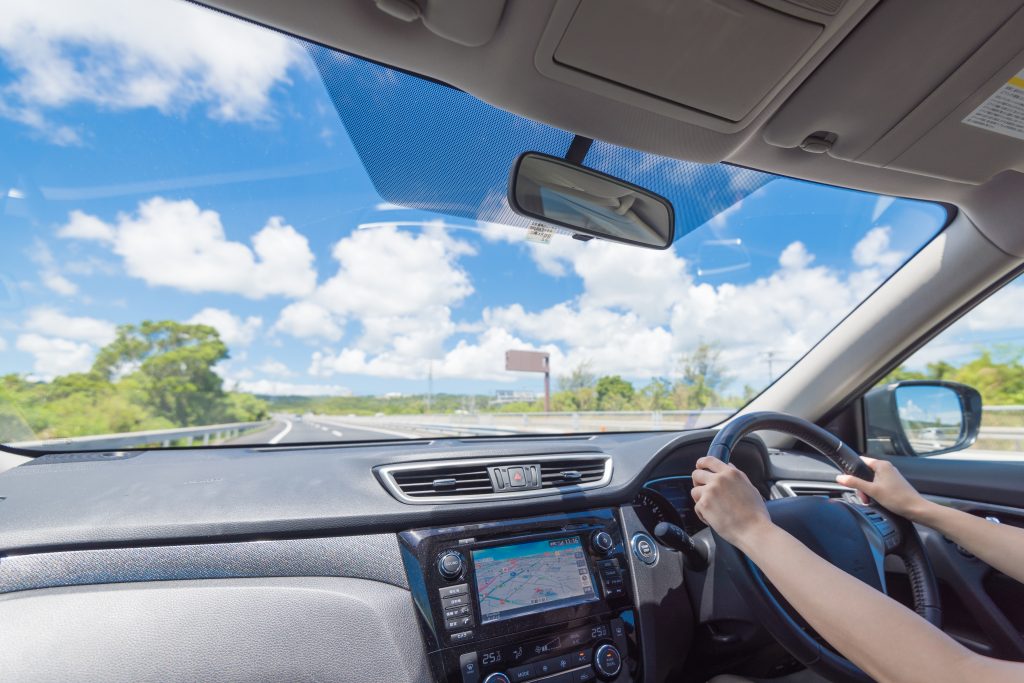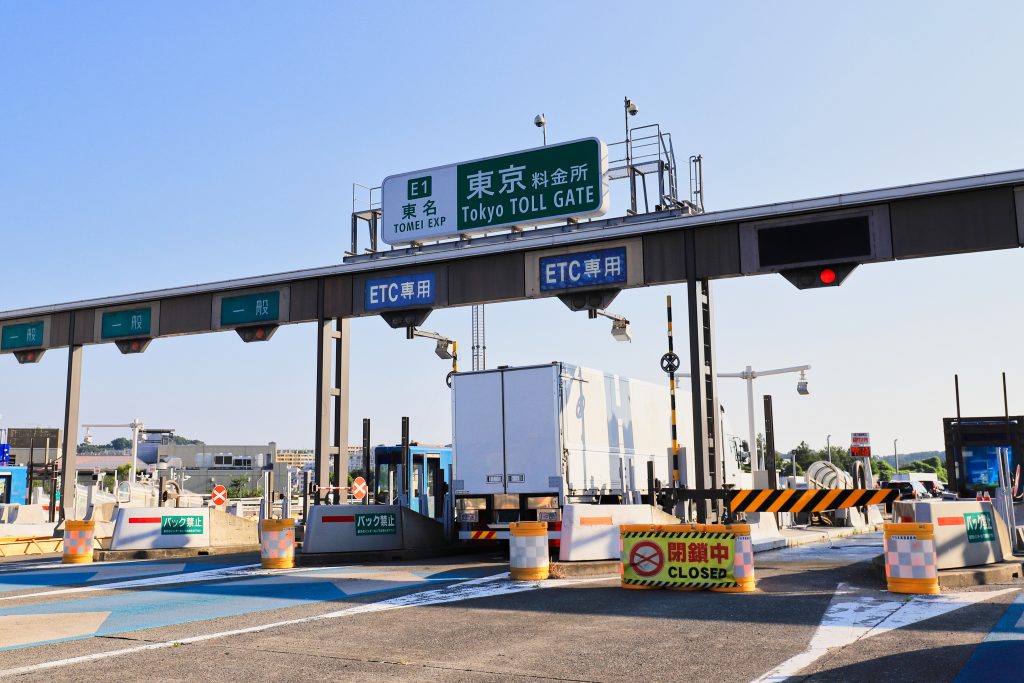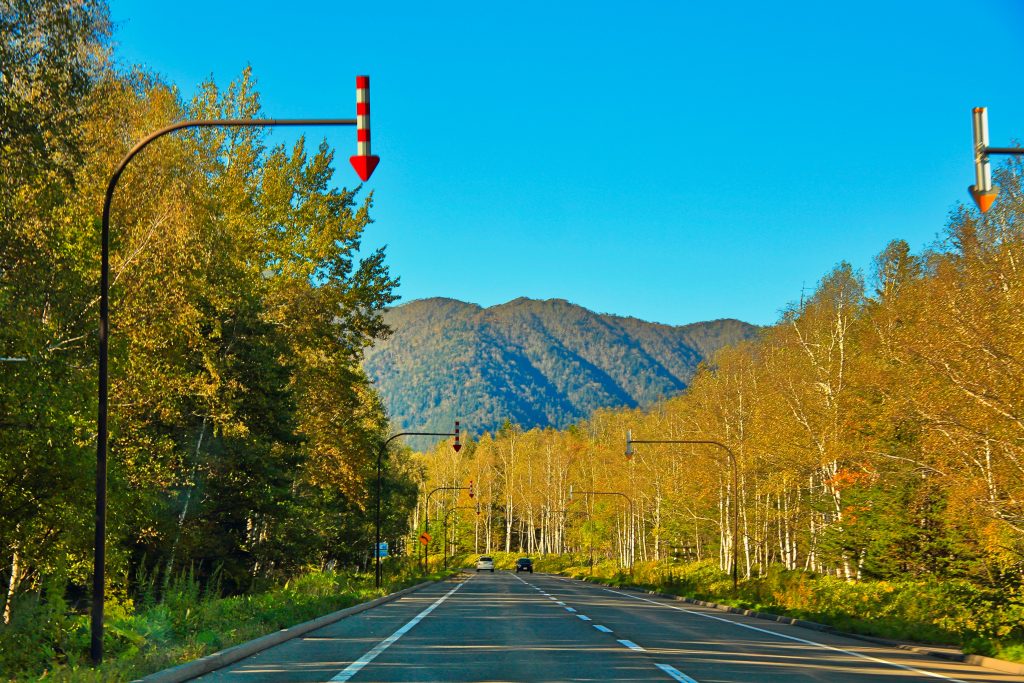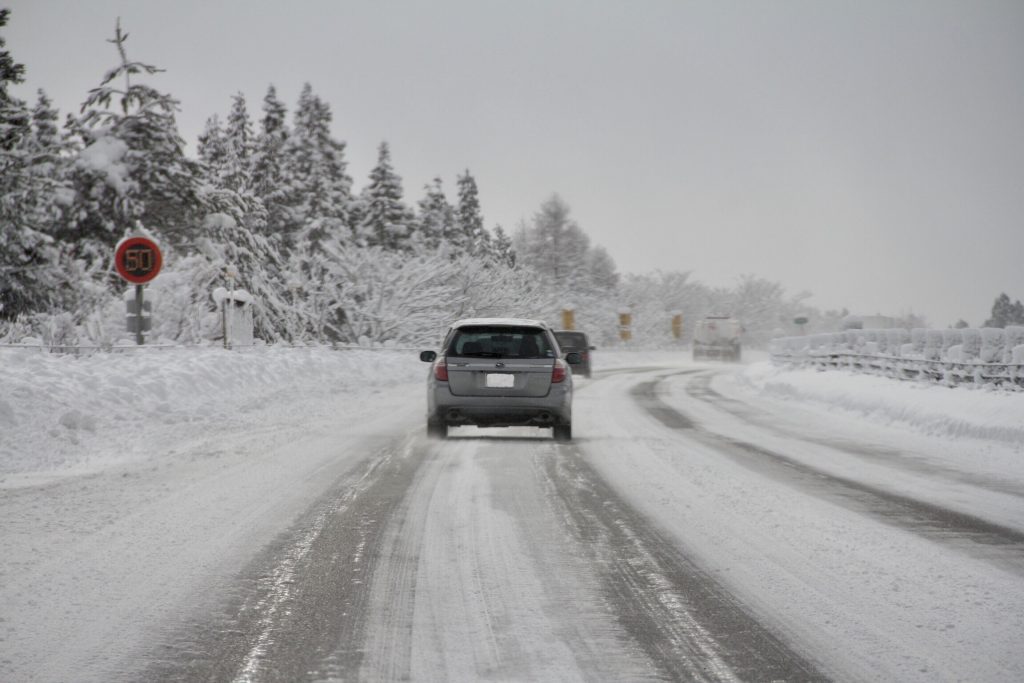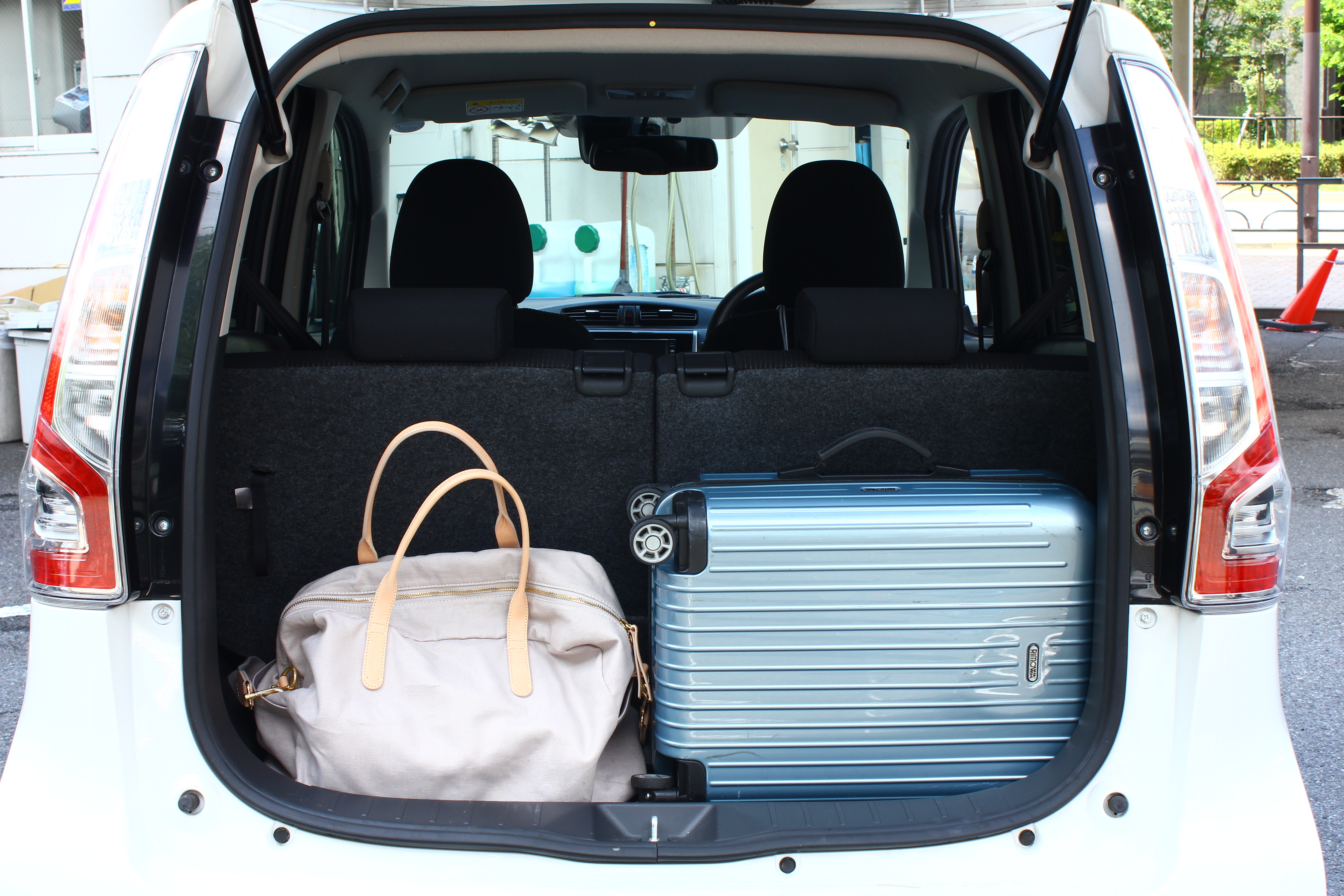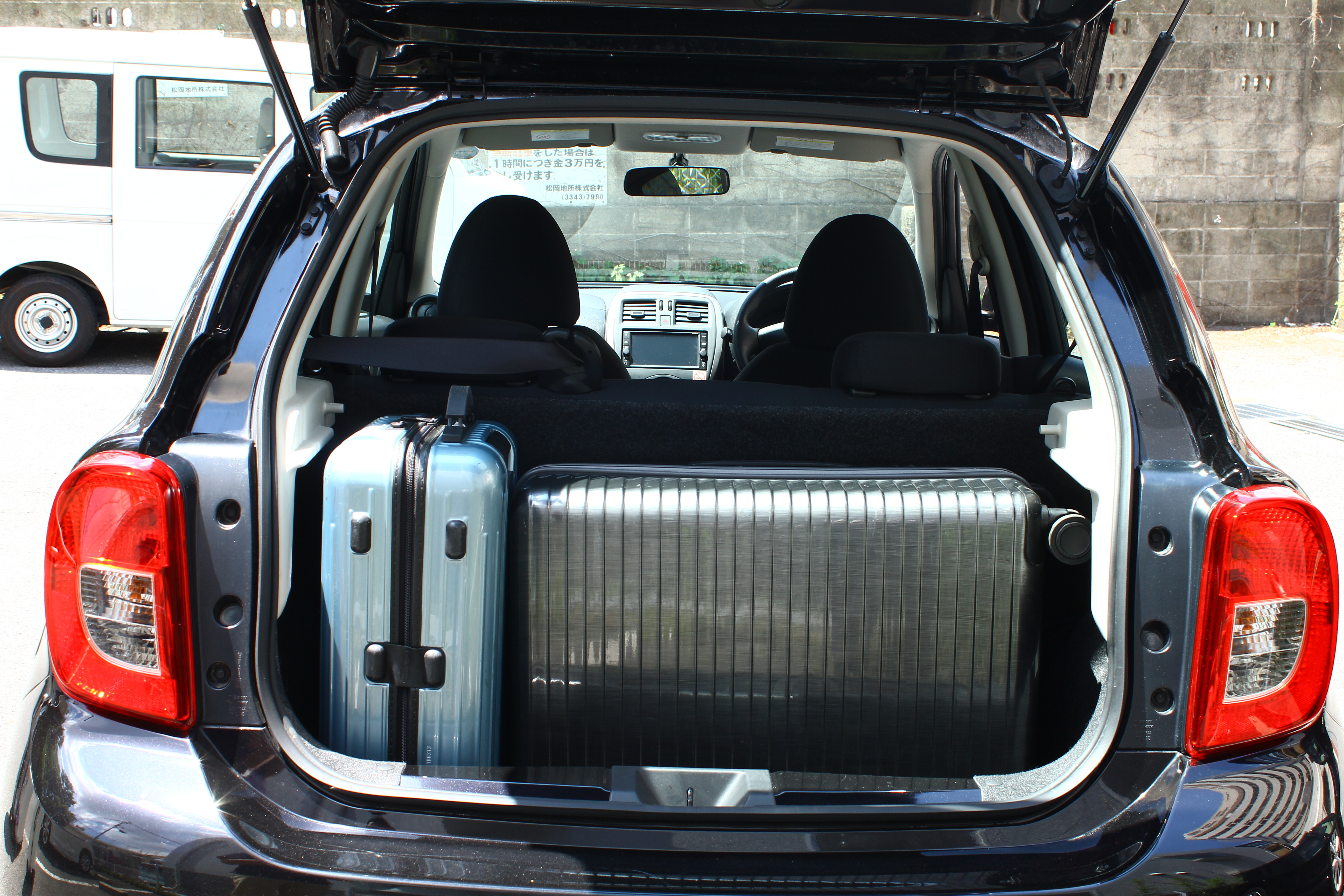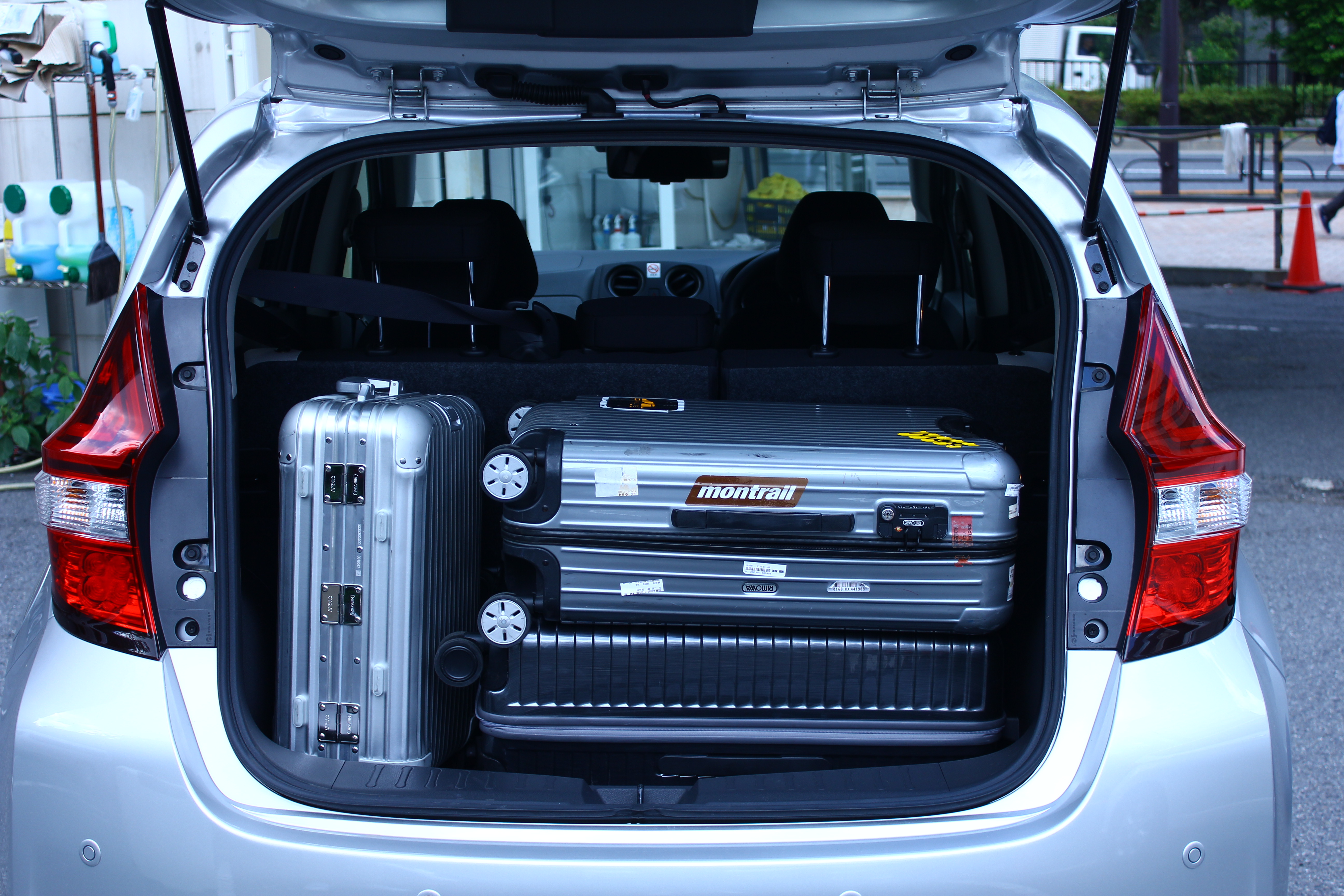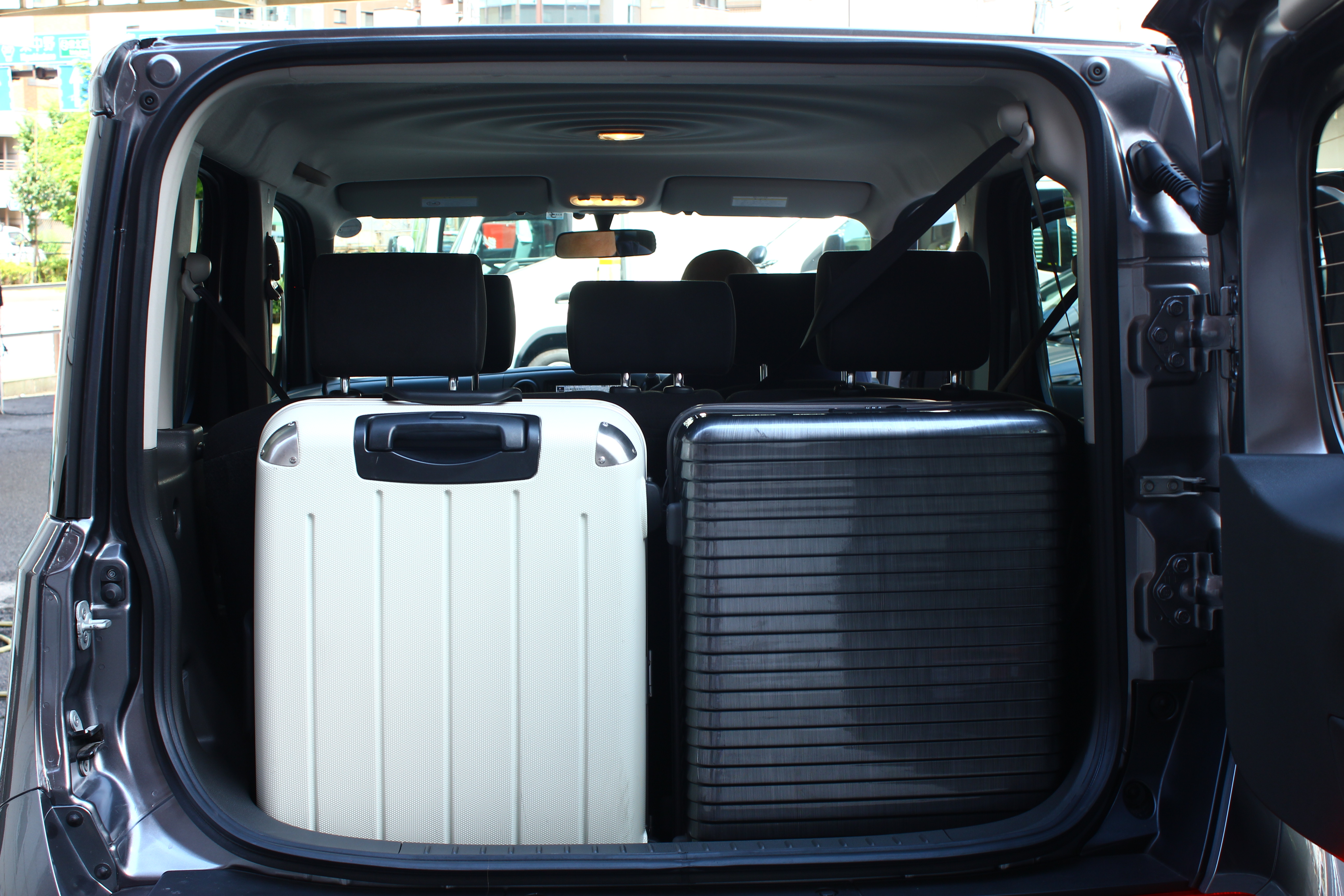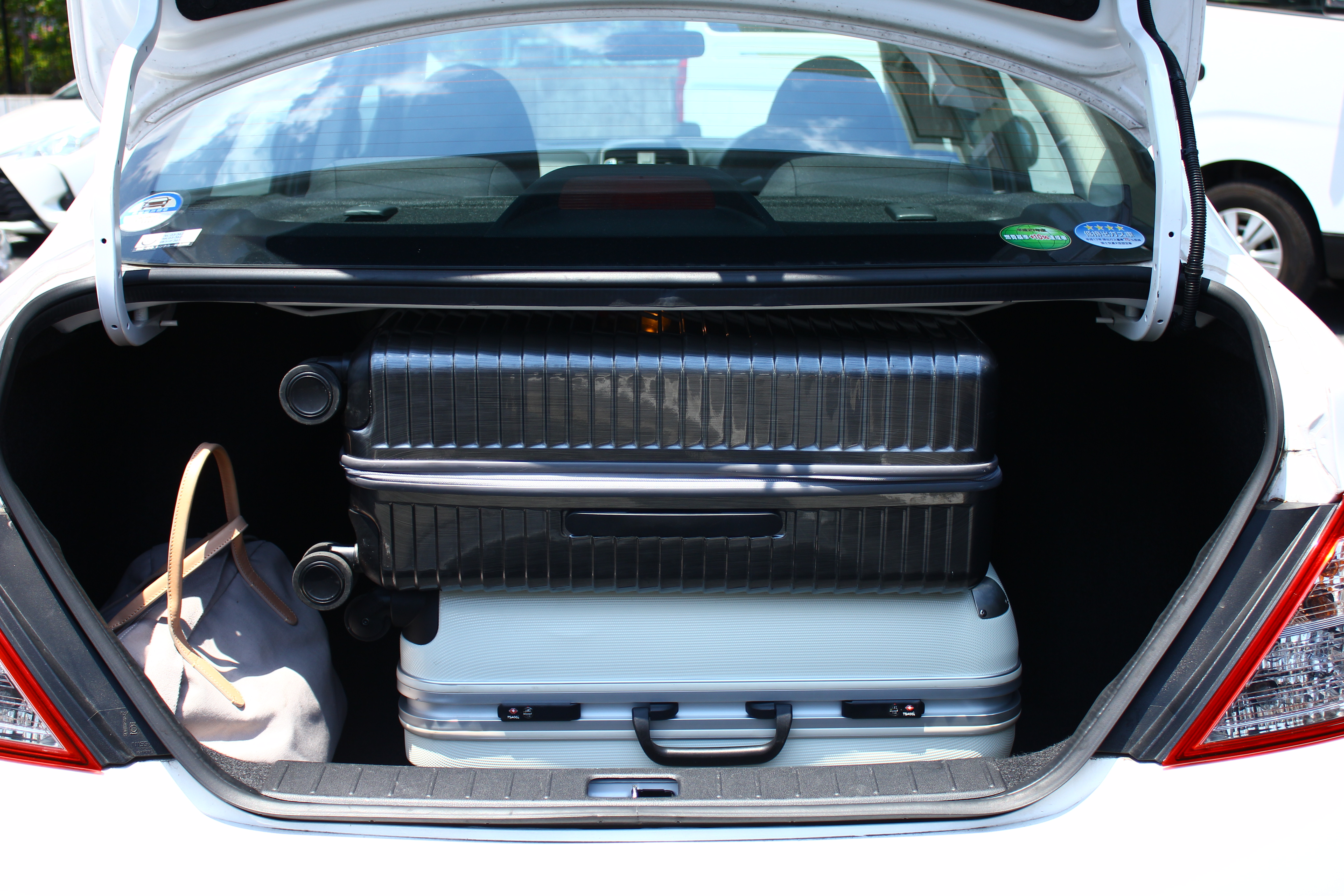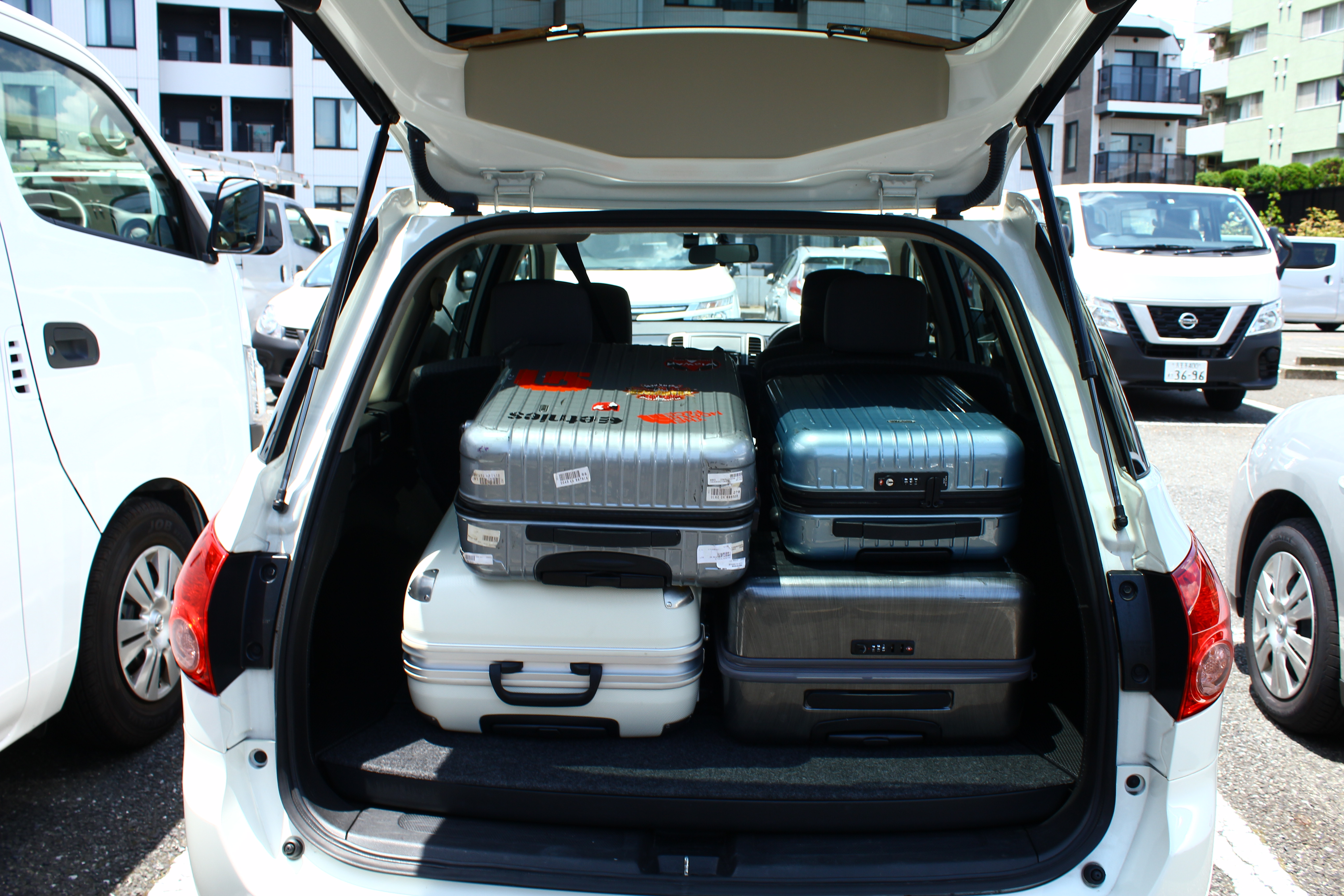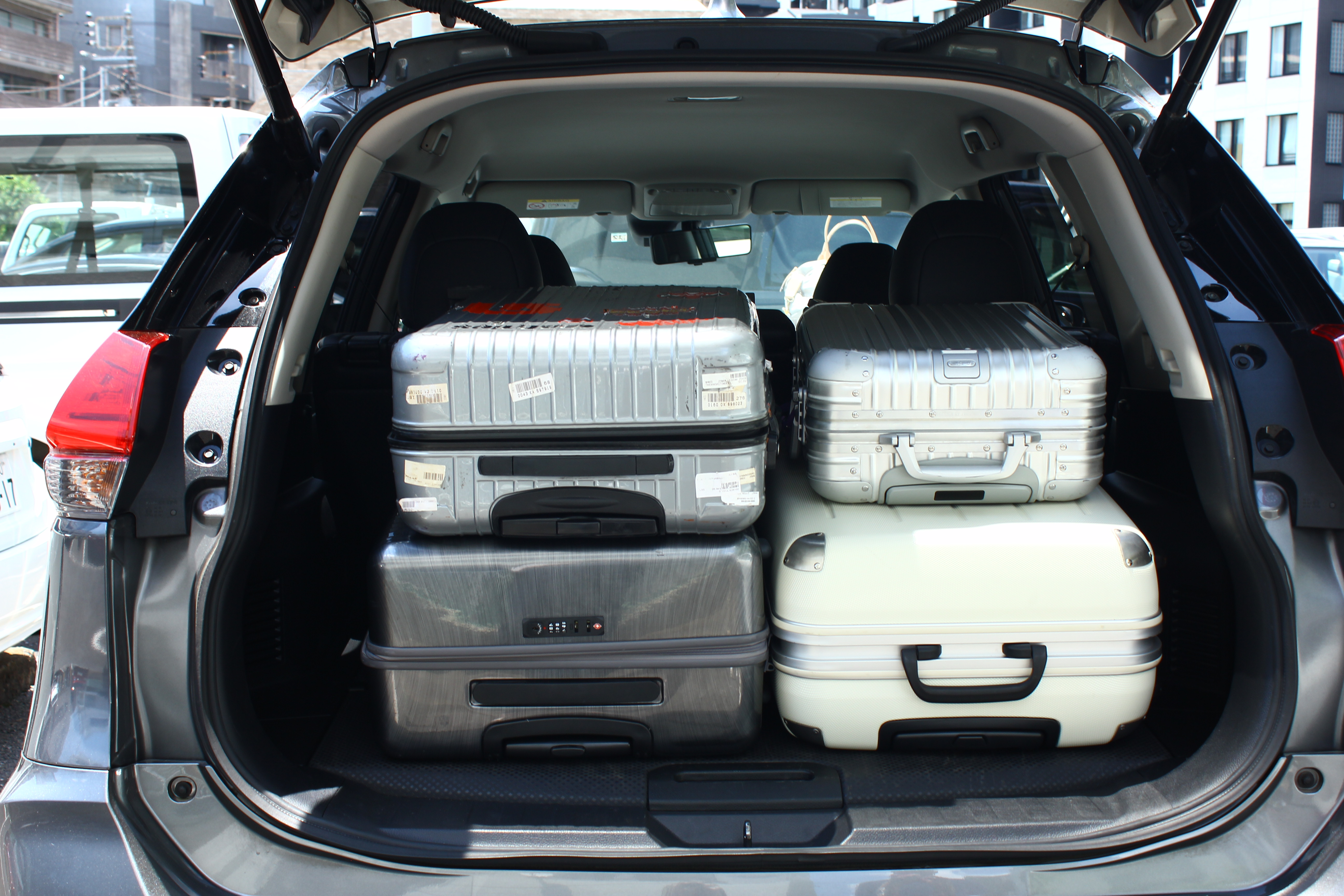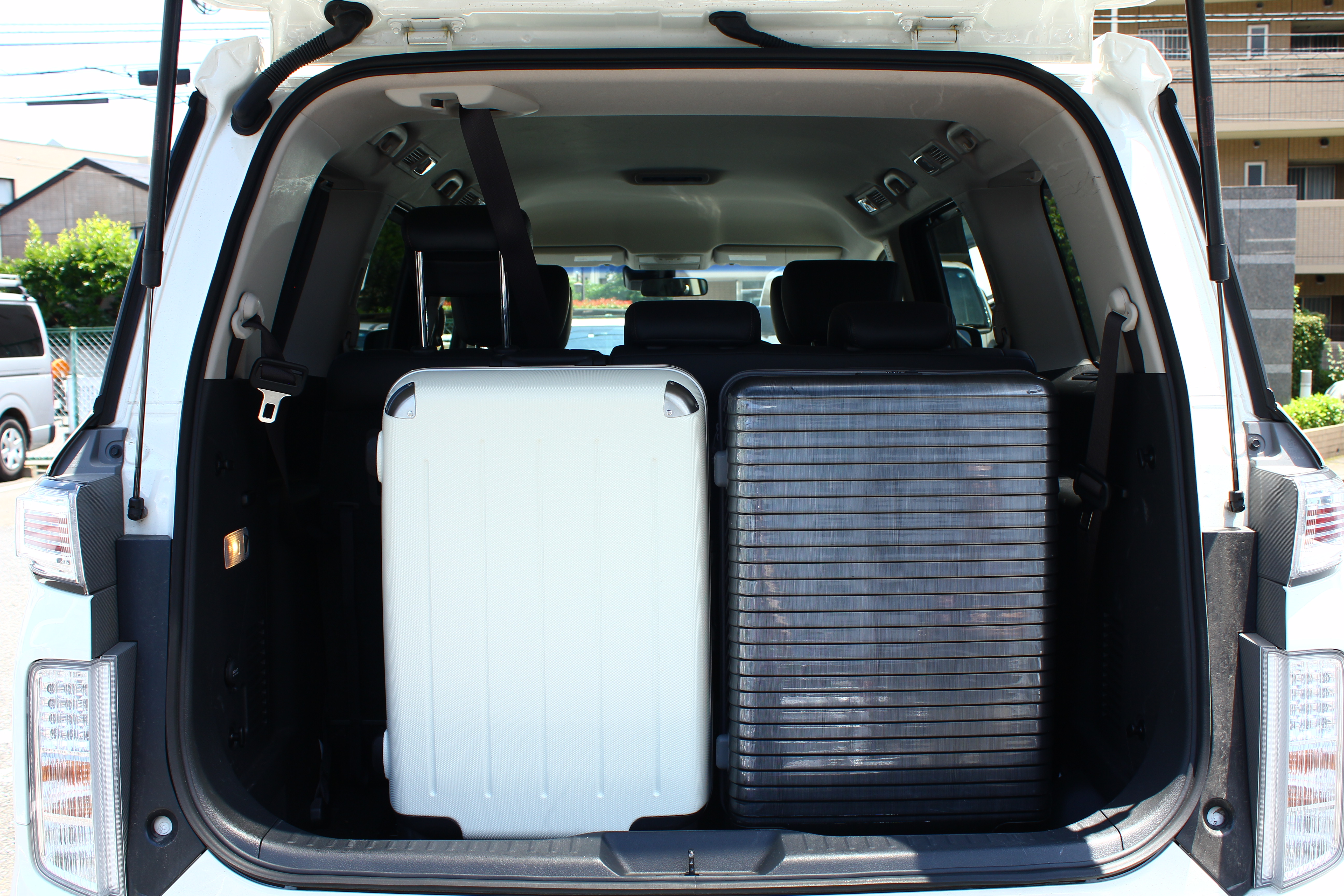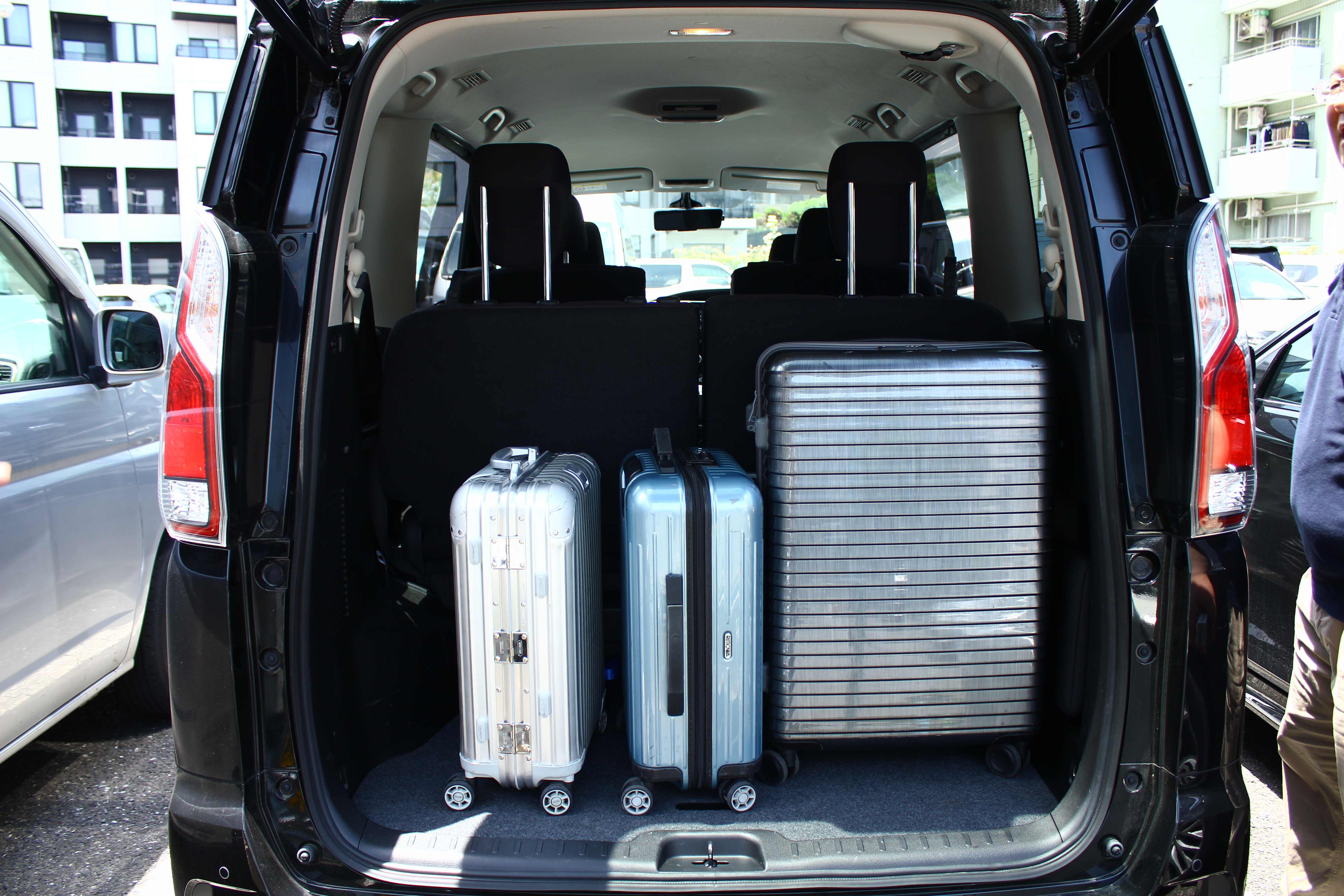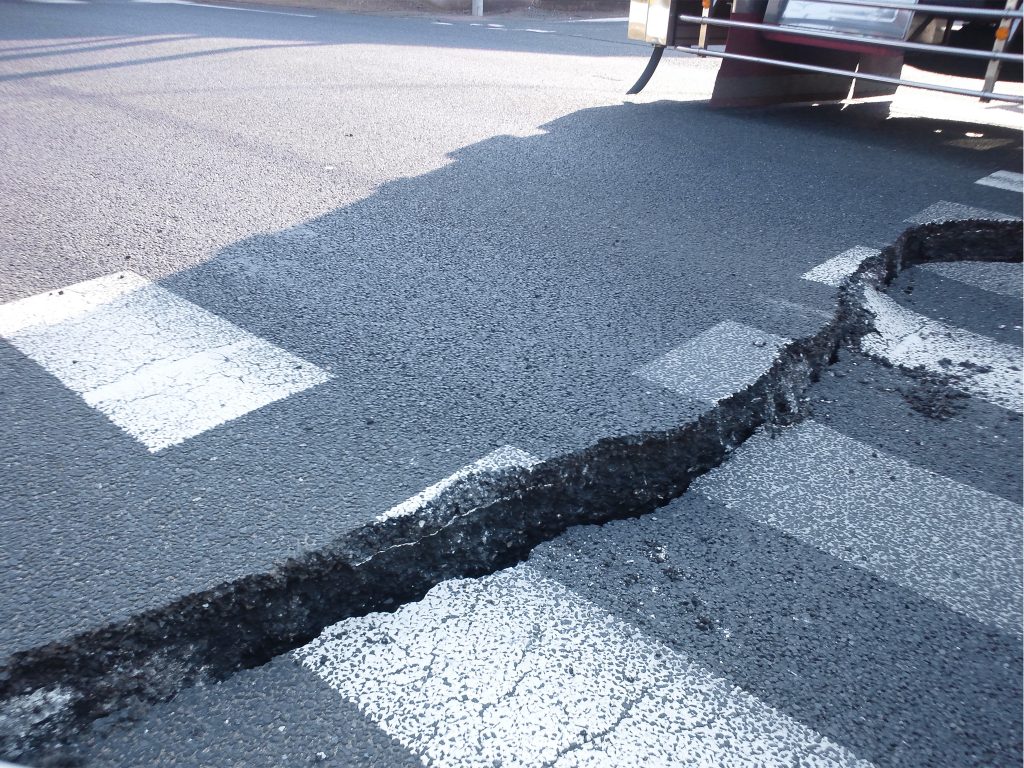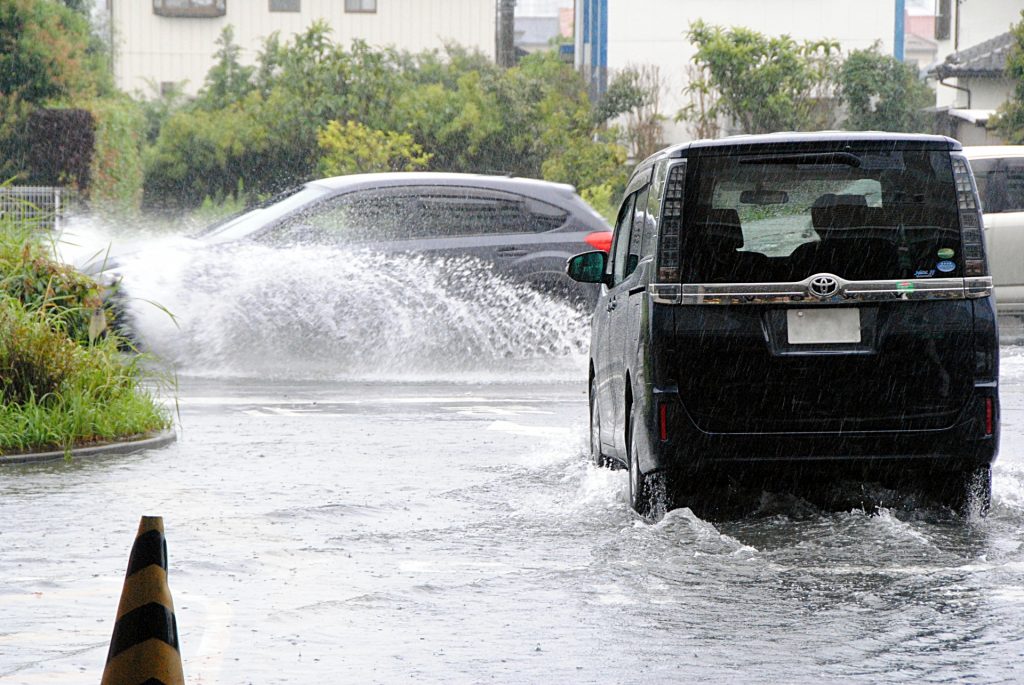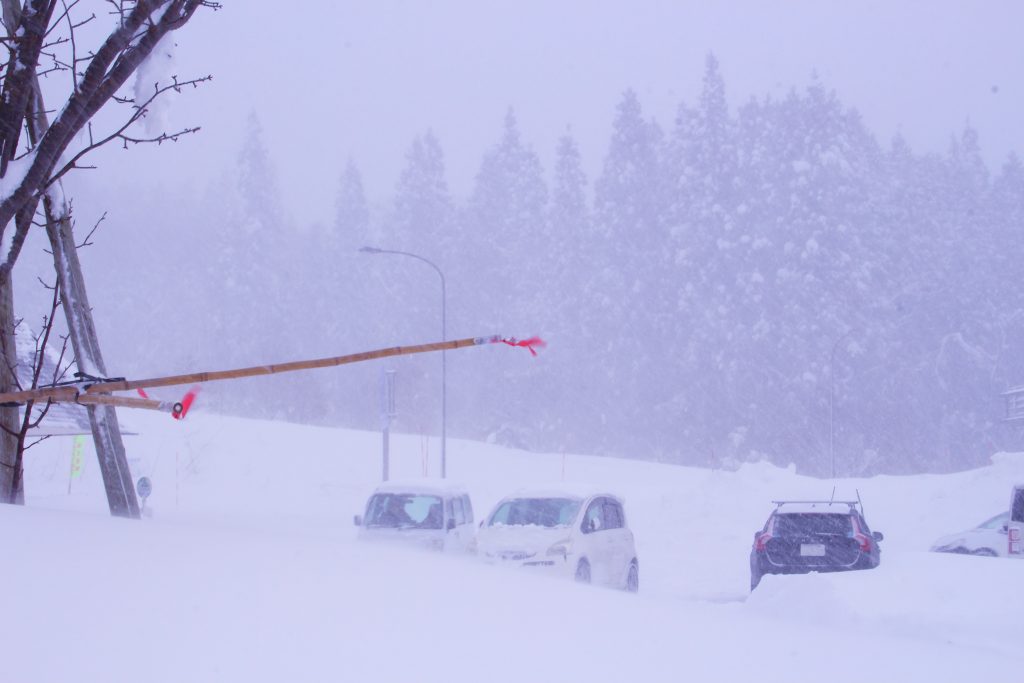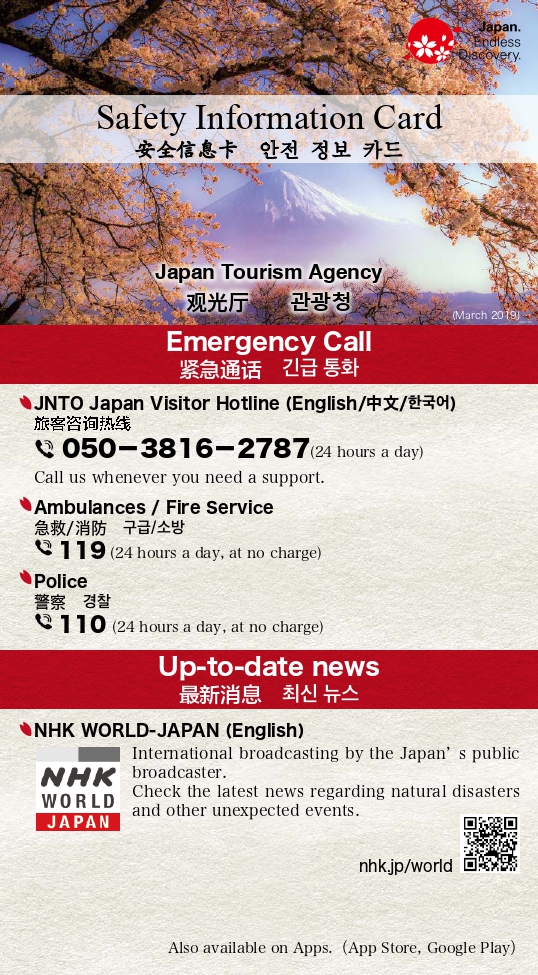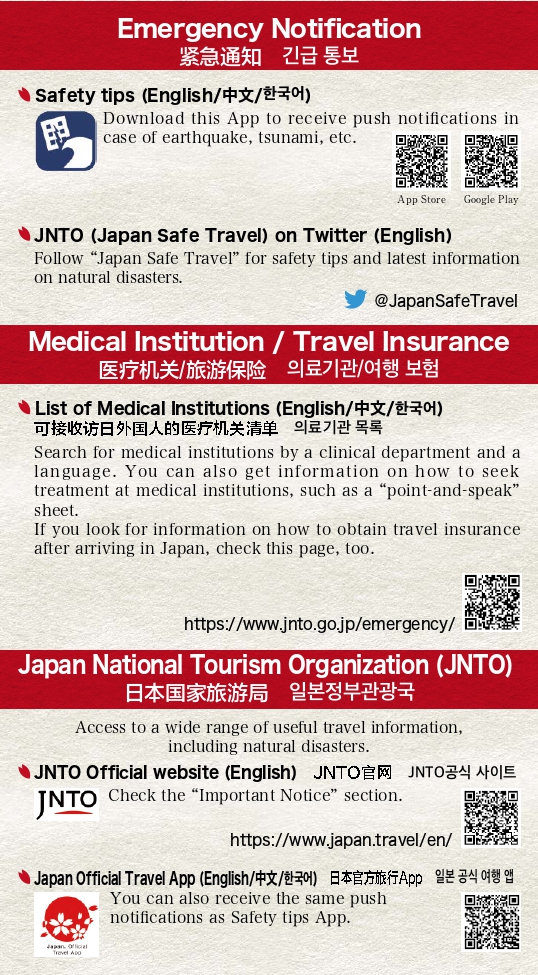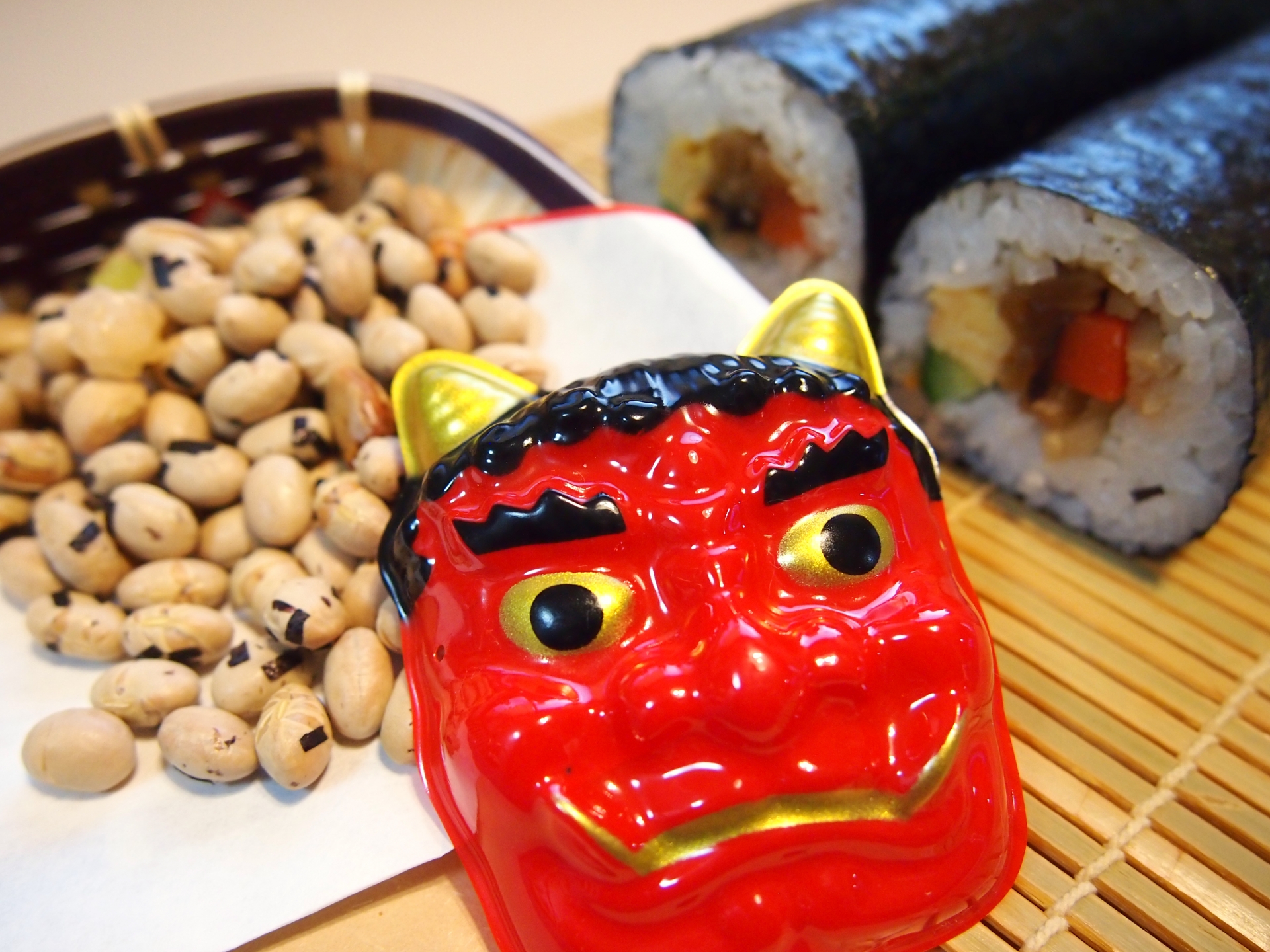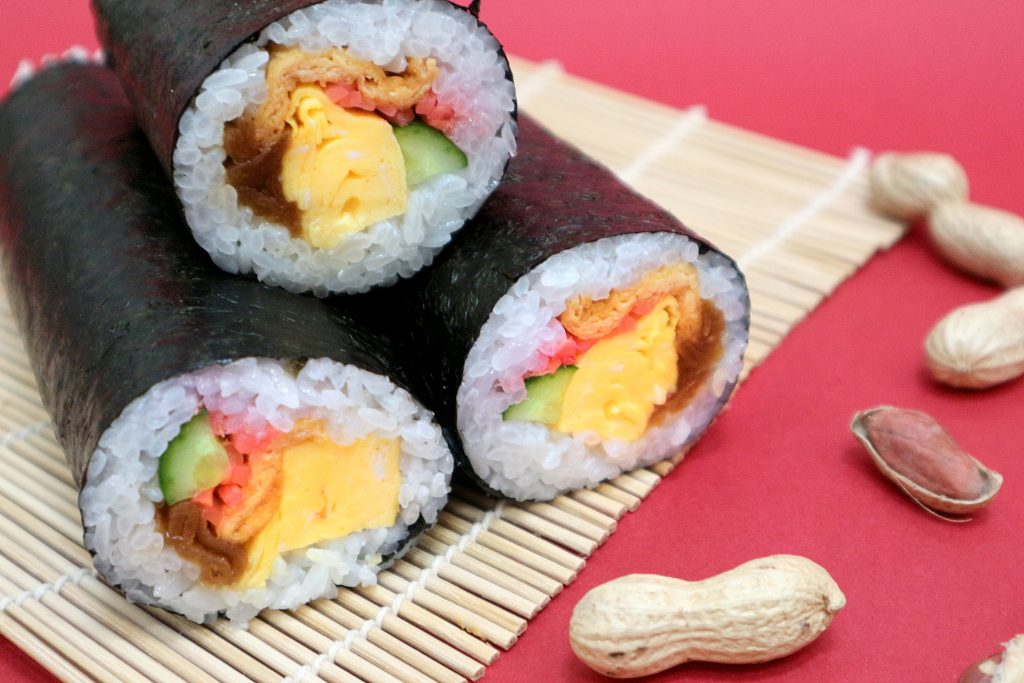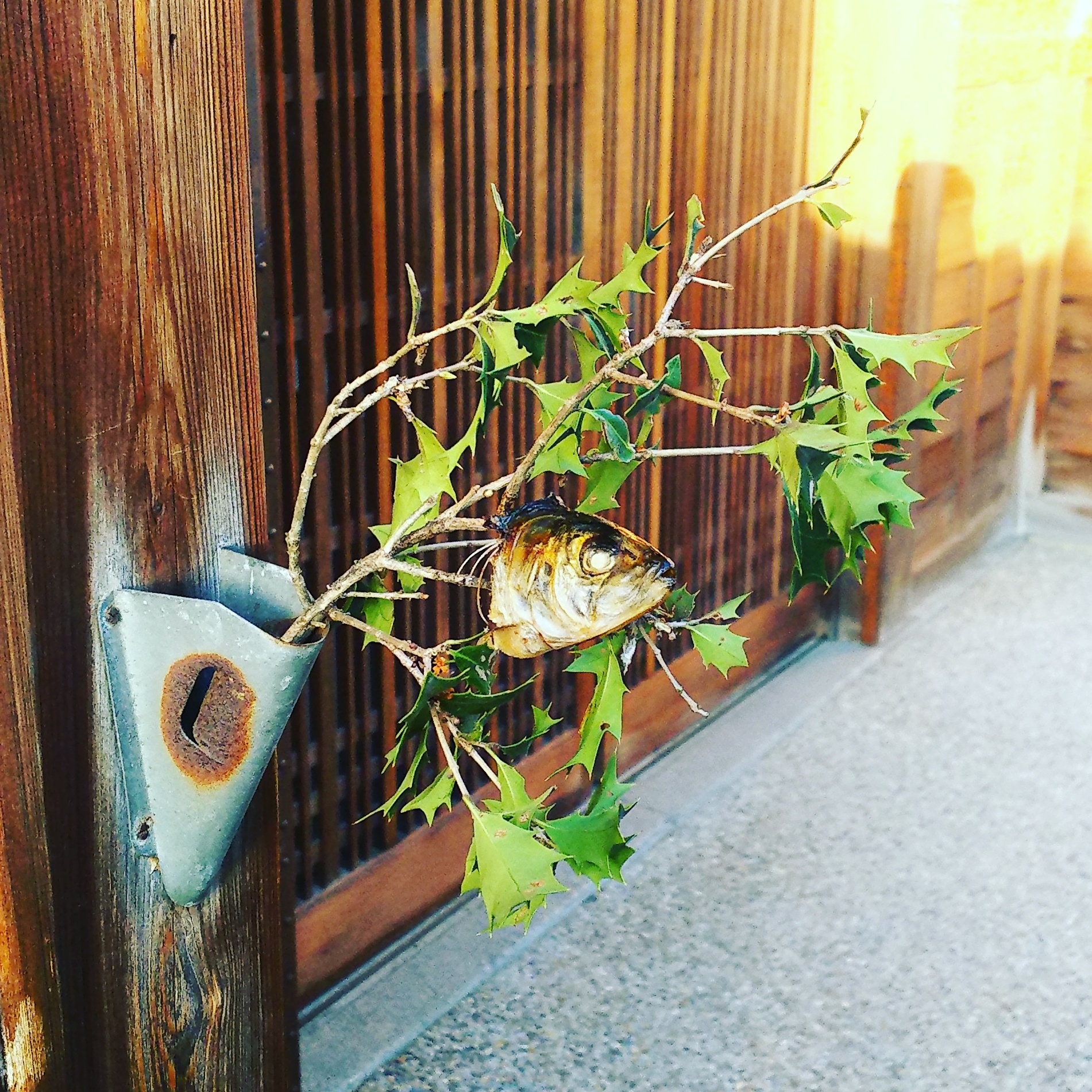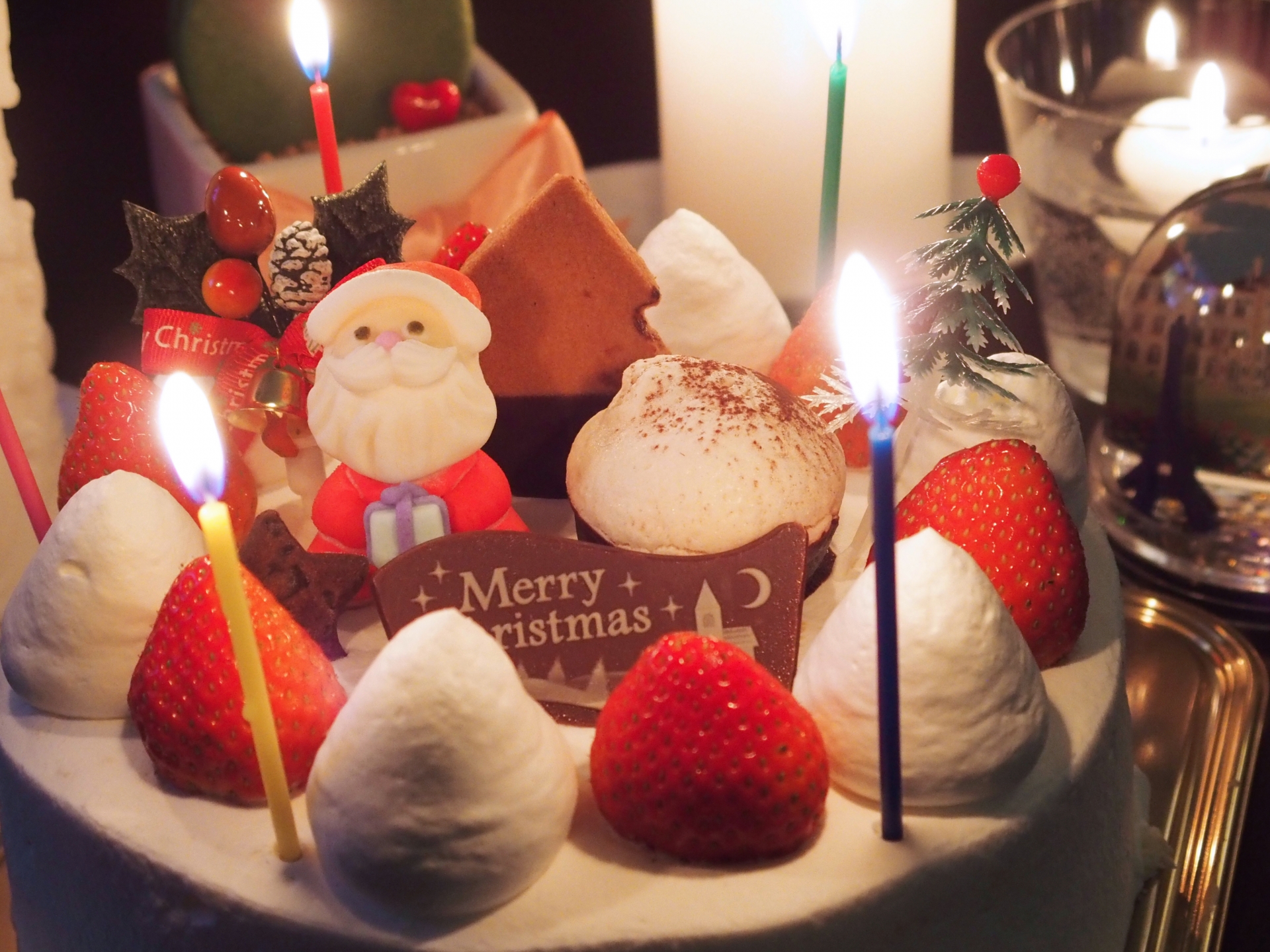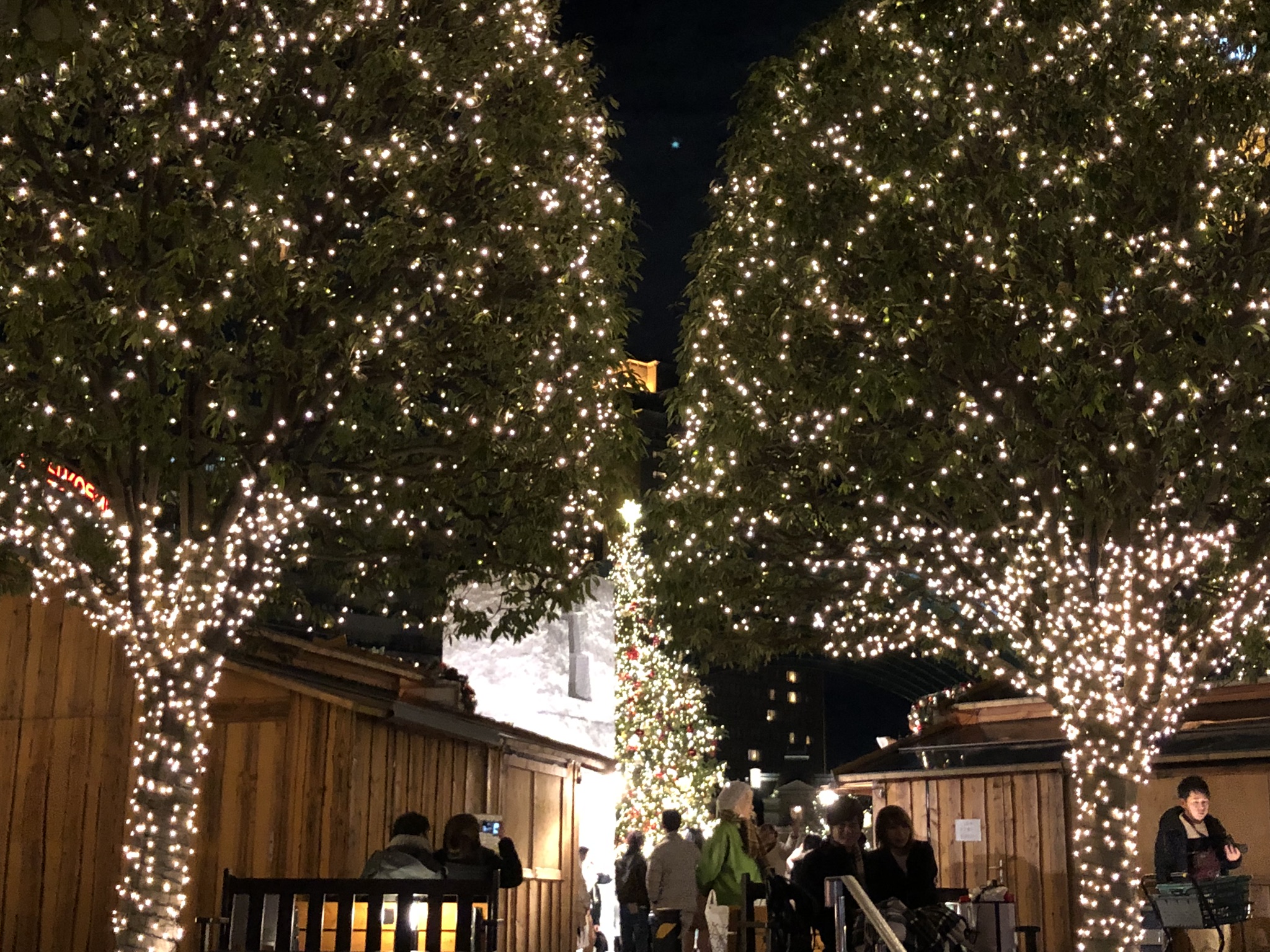With an ETC card in hand, you can enjoy seamless travel on Japan’s highways. However, our Tocoo! Expressway Pass (referred to as TEP below) comes in four options: TEP (Nationwide), TEP Hokkaido, TEP Kyushu, and TEP Okinawa. Each TEP option covers different regions, so how should you choose the right one? Don’t worry! We’ll explain the details of each ETC card available for rent through ToCoo! so that you can quickly become a savvy road trip expert!
What is an ETC card?
It’s a card that can be used with the ETC system. If you use the ETC system, you don’t need to understand Japanese, you don’t need to use cash, and you don’t have to stop at toll gates, so it’s a very convenient system. The ETC card reader device is equipped as standard in all rental cars in Japan, so all you have to do is put the ETC card into the ETC device and you’re good to go! There are many different types of ETC card passes and services available, so keep reading and we’ll go through the main ones.
What is Tocoo! Expressway Pass(TEP) ?
Tocoo! Expressway Pass(TEP) is a special ETC card with the pass preloaded onto it so that you can use the expressways as much as you want. There are various kinds of TEP, including TEP (Nationwide), TEP Hokkaido, TEP Kyushu, and TEP Okinawa. Also, you can’t reserve just a TEP on its own, so make sure to book the rental car with it.
Each ETC option covers a different area! Keep reading to find out more.
| Area | Unlimited | ETC Card Pickup Place | |
| ETC Card | Nationwide | × | convenience store or post office |
| TEP | Nationwide | 〇 | convenience store or post office |
| TEP Hokkaido | Hokkaido | 〇 | convenience store or post office |
| TEP Kyusyu | Kyusyu | 〇 | convenience store or post office |
|
TEP Okinawa |
Okinawa |
〇 | convenience store or post office |
1. ETC Card (nationwide)
You can book a standalone ETC card without any expressway passes. After you return the ETC card at the end of your reservation, your actual used toll fees will be charged to the credit card you register. After the ETC card is returned, we will confirm the toll road usage details with NEXCO, the highway provider in Japan. If you rent a ToCoo! ETC card, you can pick it up from the designated convenience store or post office, but please note that rental car companies don’t offer delivery service for packages, so you can’t get it from the outlet.
You can check information about ToCoo! ETC Card via link below.
https://www2.tocoo.jp/en/guide/2023/07/28/introduction-of-tocoo-etc-card-and-notes-on-renting-tocoo-etc-card/
*NOTE*
Renting a ToCoo ETC card requires a held deposit of 15,000 yen.
We mention this in our booking form. We will charge the toll fees used after the fee is confirmed and then release the deposit back to you.
ETC System Area
2. ToCoo! Expressway Pass(TEP) (Nationwide)
The ToCoo Expressway Pass(TEP), is a special ETC card that is only offered by ToCoo! It’s an unlimited expressway pass for all of Japan. Only customers who purchase TEP option when making a reservation can use it. And the TEP fee is paid at the time of reservation, so it’s super convenient. All you have to do is pick it up from the designated convenience store or post office and basically forget about it until your return date! Total driving freedom. You can pick up the TEP ETC card package from the designated convenience store or post office, but rental car companies don’t offer delivery services for packages, so you can’t get it from the outlet.
Details about TEP: https://www2.tocoo.jp/en/options/tep
TEP Coverage Area
3. TEP Hokkaido (Hokkaido)
It’s similar to TEP, this is a special ETC card offered only by ToCoo, which offers unlimited expressway use only in Hokkaido, so we recommend it for anyone who is traveling to Hokkaido! Only customers who purchase TEP Hokkaido option when making a reservation can use it. You can pick up the TEP Hokkaido ETC card package from the designated convenience store or post office, but rental car companies don’t offer delivery services for packages, so you can’t get it from the outlet.
・Eligible roads with TEP Hokkaido All Expressways with the ETC toll gate in the Hokkaido area. *Expressways without the ETC toll gate are NOT eligible.
Details about TEP Hokkaido: https://www2.tocoo.jp/en/options/tep
TEP Hokkaido Coverage Area
4. TEP Kyusyu
It’s similar to TEP, this is a special ETC card offered only by ToCoo, which offers unlimited expressway use only in Kyushu area (Fukuoka, Nagasaki, Miyazaki, Saga, Oita, Kumamoto, Kagoshima prefecture), so we recommend it for anyone who is traveling to Kyushu area! Only customers who purchase TEP Kyushu option when making a reservation can use it. You can pick up the TEP Kyusyu ETC card package from the designated convenience store or post office, but rental car companies don’t offer delivery services for packages, so you can’t get it from the outlet. One advantage of TEP Kyusyu is that you can drop off the car anywhere with it!
・Eligible roads with TEP Kyusyu Pass
All Expressways with the ETC toll gate in the Kyushu area (Fukuoka, Nagasaki, Miyazaki, Saga, Oita, Kumamoto, Kagoshima prefecture)
*Expressways without the ETC toll gate are NOT eligible.
Details about TEP Kyusyu: https://www2.tocoo.jp/en/options/tep
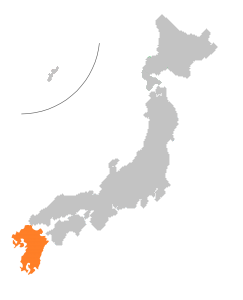
It’s similar to TEP, this is a special ETC card offered only by ToCoo, which offers unlimited expressway use only in Okinawa prefecture, so we recommend it for anyone who is traveling to Okinawa area! Only customers who purchase TEP Okinawa option when making a reservation can use it. You can pick up the TEP Okinawa ETC card package from the designated convenience store or post office, but rental car companies don’t offer delivery services for packages, so you can’t get it from the outlet. One advantage of TEP Okinawa is that you can drop off the car anywhere with it!
・Eligible roads with TEP Okinawa All Expressways with the ETC toll gate in the Okinawa prefecture. *Expressways without the ETC toll gate are NOT eligible.
Details about TEP Okinawa: https://www2.tocoo.jp/en/options/tep
TEP Okinawa Coverage Area
For the KEP ,CEP, HEP etc all of the Expressway packages offered by NEXCO Japan option,
Unfortunately, KEP, CEP, HEP etc. all of the Expressway Pass offered by NEXCO Japan are not for purchase at TOCOO! now.
We only have TEP and ToCoo! Unlimited ETC Pass.
If you need KEP, CEP, HEP etc., please make a reservation without an ETC card.
Then check with your rental car shop to see if they can provide it.
Please see the following URL for more information:
KEP URL: https://global.w-nexco.co.jp/en/kep/
HEP URL: https://en.driveplaza.com/drawari/hokkaido_expass/
SEP URL: https://global.w-nexco.co.jp/en/sep/
CEP URL: https://hayatabi.c-nexco.co.jp/cep/en/
Summary
It might seem a bit complicated, but we hope this has been helpful. Check your travel schedule and choose the best ETC card for you! As always, if you have any further questions, let us know down below or from the inquiry form on our website.
